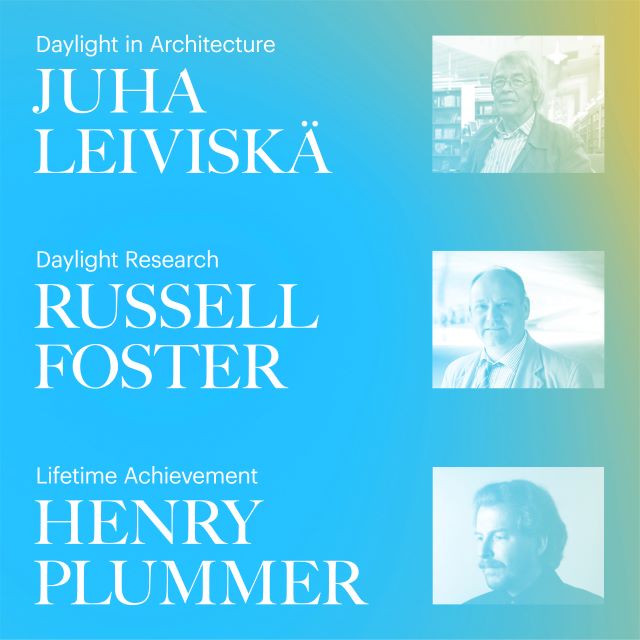
by Jadrana Curkovic, The Daylight Award
On the UNESCO International Day of Light, The Daylight Award announce the 2020 Laureates: Juhai Leiviskä for his architecture, Russell Foster for his research, and exceptionally in 2020, The Daylight Award is also given for lifetime achievement, to Henry Plummer.
Juha Leiviskä, Finland receives the award for his works of architecture that demonstrate a unique ability to make daylight an integral element of his buildings.
Russell Foster, United Kingdom receives the award for his clinical studies in humans addressing important questions regarding light.
Henry Plummer, United States, receives the award for lifetime achievement by recording daylight phenomena in his brilliant photography and writing.
The extraordinary award, made only this year celebrates the 40th anniversary of the very first Daylight Award, given to Jørn Utzon.
“While laureate Russell Foster studies the science behind the effect of light on human behaviour and physical and mental wellbeing, laureates Juha Leiviskä and Henry Plummer approach the effects and implications of daylight intuitively through architectural design, photographic expression and verbal mediation of these human responses. Whether elucidating the neural effects of light or invoking the poetic essence of light, the laureates of the 2020 Daylight Award demonstrate to us the power of natural light”, states the jury.
The Daylight Award 2020 for Architecture: Juha Leiviskä, architect and designer
Juha Leiviskä is one of the most significant contemporary architects in Finland. In his works, he demonstrates a unique ability to make daylight an integral element of his buildings, in a way that combines emotional stimulus, functionality, and a subtle yet thrilling presence of light as part of the spatial experience. In the current context of environmental values of architecture and the use of natural resources to create natural and sustainable comfort, the work of Leiviskä on daylight is particularly relevant today.
“Daylight solutions in modern architecture are usually based on variations of zenithal light, or narrow roof or wall slits to guide light along the surfaces of the architectural space. Leiviskä’s light is an oblique light that both strikes vertical surfaces directly and is reflected to create experiences of layered light with a distinct sense of depth. His light does not only illuminate surfaces, it appears to originate attention to the quality and intensity of daylight for the occupants’ visual comfort and wellbeing. He does this calmly, simply, and in a refined way without seeking effects”, the jury states.
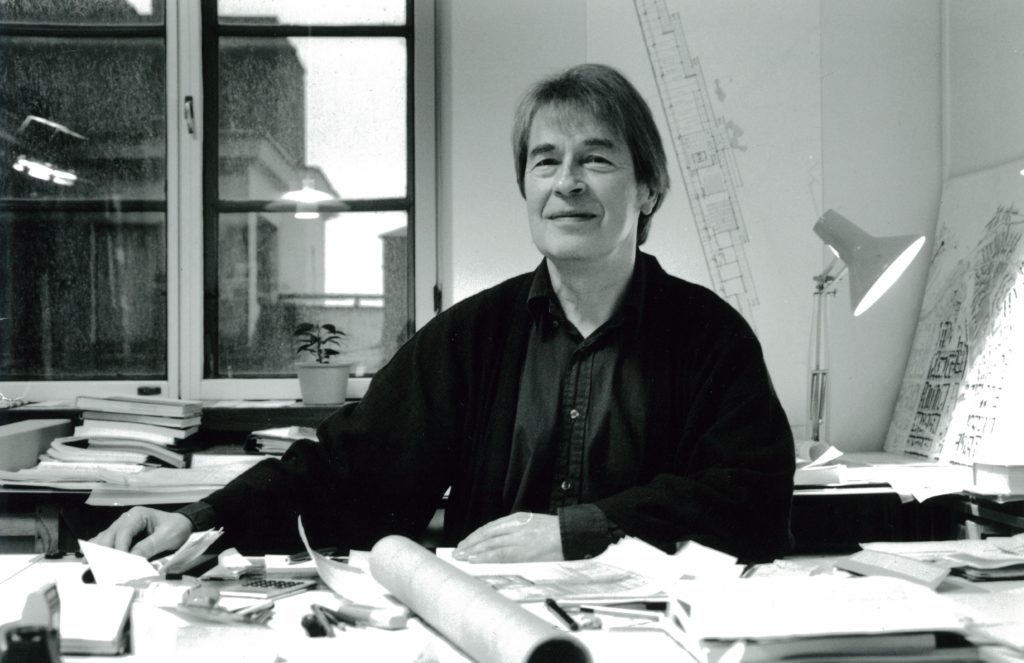
His first remarkable building was Kouvola Town Hall in the late 1960s, designed in collaboration with Bertel Saarnio. Leiviskä came to international attention after the 1970s with a number of exceptionally refined and emotive religious buildings. In addition to several churches and congregational buildings, he has built a number of high quality houses and apartment buildings, a library, an embassy, and a cultural centre in Jerusalem. In addition to his built work, he has made numerous competition entries and unexecuted projects, i.e. for museums of contemporary art. His architecture is always humane, modest, calming and optimistic. It is welcoming and gentle without any attempt to dominate or impress the visitor, or draw attention to the architect.
Leiviskä’s churches are indeed masterfully articulated instruments of daylight. While his sources of inspiration include Bavarian Baroque churches, especially the Vierzehnheiligen by Balthasar Neumann, his planar orthogonal compositions echo De Stijl principles of visual counterpoint. Leiviskä is also inspired by music, and his architectural projects have a musical quality evocative of, notably, Mozart. While Leiviskä’s architecture echoes architectural and musical precedents, equally, his treatment of light reflects the natural light conditions in Nordic forests, especially counterlight seen through foliage, and the ambience of birch trees with their white vertical rhythms.
Juha Leiviskä continues to enrich the significant traditions of the Nordic masters of modern architecture.
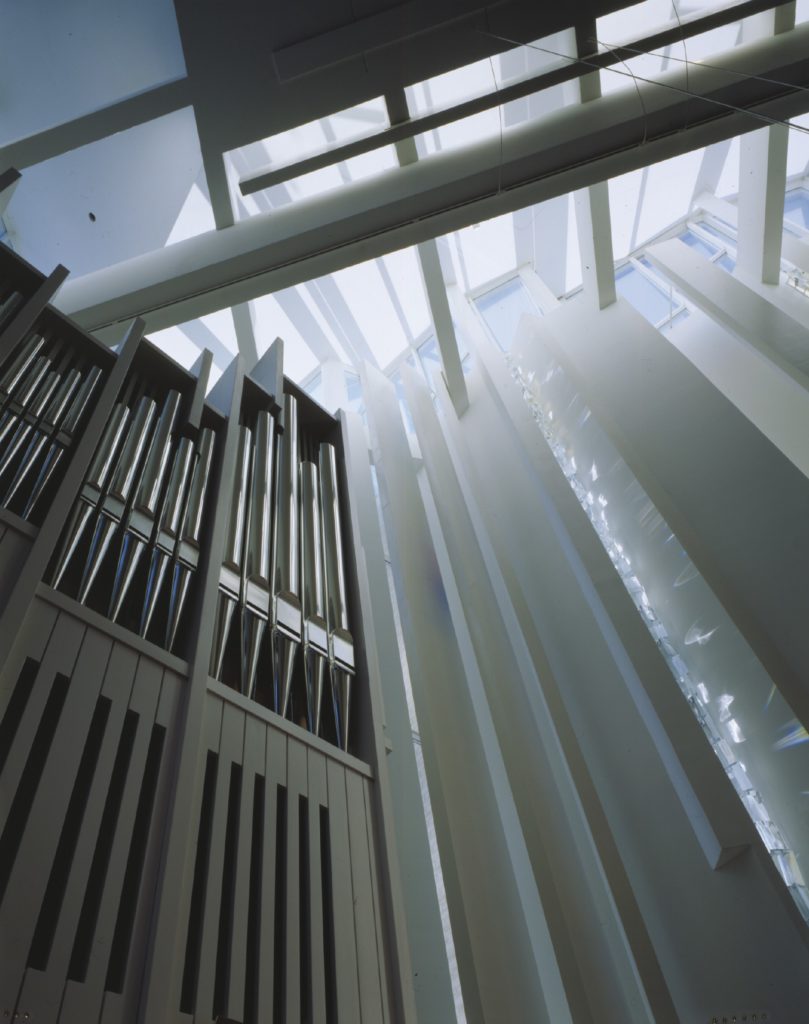
Church of the Good Shepherd, Pakila, Helsinki; 1997-2003, photo by Arno de la Chapelle 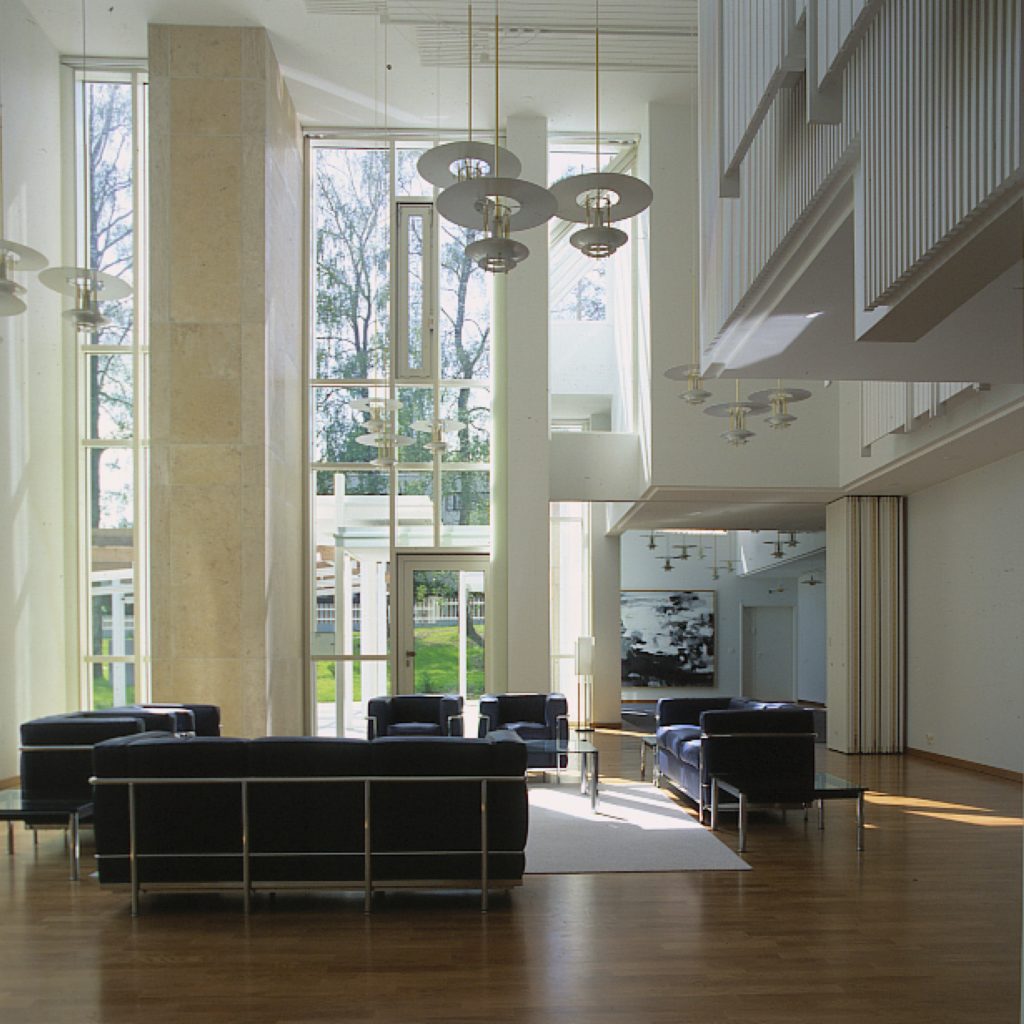
German Embassy, Helsinki; designed and built 1986-93, photo by Arno de la Chapelle
Myyrmäki Church, in Vantaa (near Helsinki); 1980-84, photo by Arno de la Chapelle 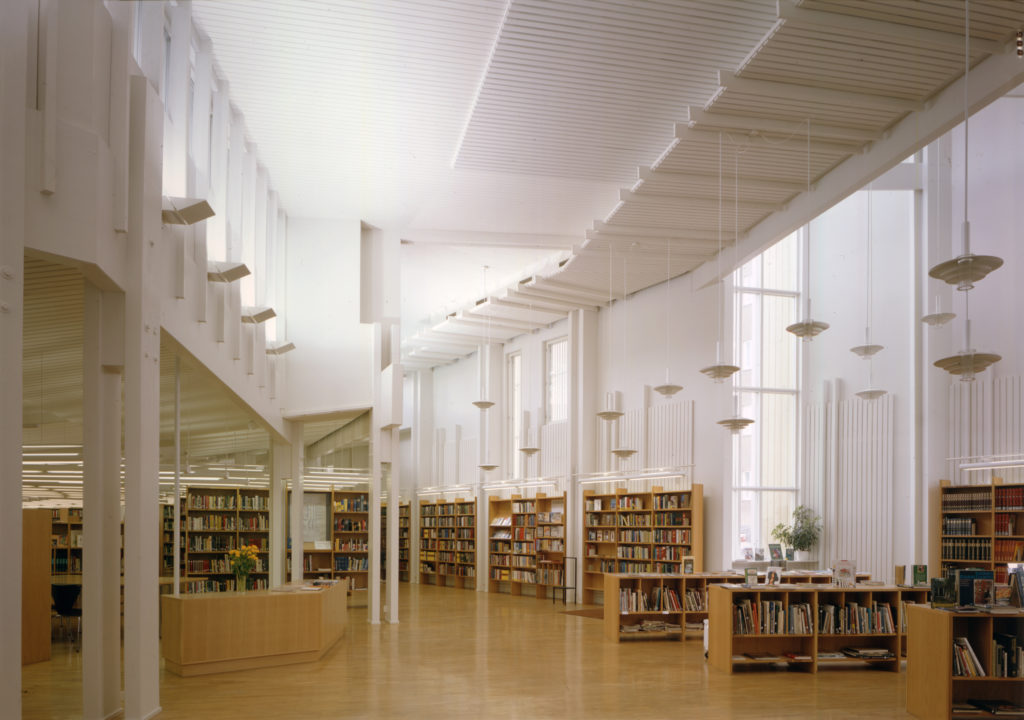
Vallila Library, in Helsinki, 1979-84; photo by Arno de la Chapelle
The Daylight Award 2020 for Research: Russell Foster, neuroscientist
Professor Foster is Director of the Nuffield Laboratory of Ophthalmology and Head of the Sleep and Circadian Neuroscience Institute at the University of Oxford, UK. In 2015, he received a Commander of the Order of the British Empire (CBE) for services to science. The author of nearly 200 scientific publications and four popular science books, he is also a widely sought speaker and lecturer.
His interest is in understanding of how the circadian rhythm and the sleep-wake rhythm are generated and modulated. Professor Foster’s early research involved transplanting a specific group of brain cells from one breed of hamster to another. In doing so, he was able to demonstrate that it is the brain that sets the rhythm of the body clock. His most acclaimed scientific discovery was that the eye contains a specialised cell, a light sensor that aligns the body clock and the sleep-wake rhythm to the day-night cycle. Without this specialised cell, we would drift out of sync with the day. This singular discovery has changed fundamental tenets of knowledge regarding the effects of light on biological systems and human physiology.
In the industrialised modern world, we spend, on average, 90% of our lives inside buildings, and the built environment is a primary moderator of the light to which we are exposed. The architectural community acknowledges Professor Foster’s work that identifies the short and long-term health consequences of light and addresses when and how light ingress should be encouraged, and conversely, when it should be reduced and blacked out.
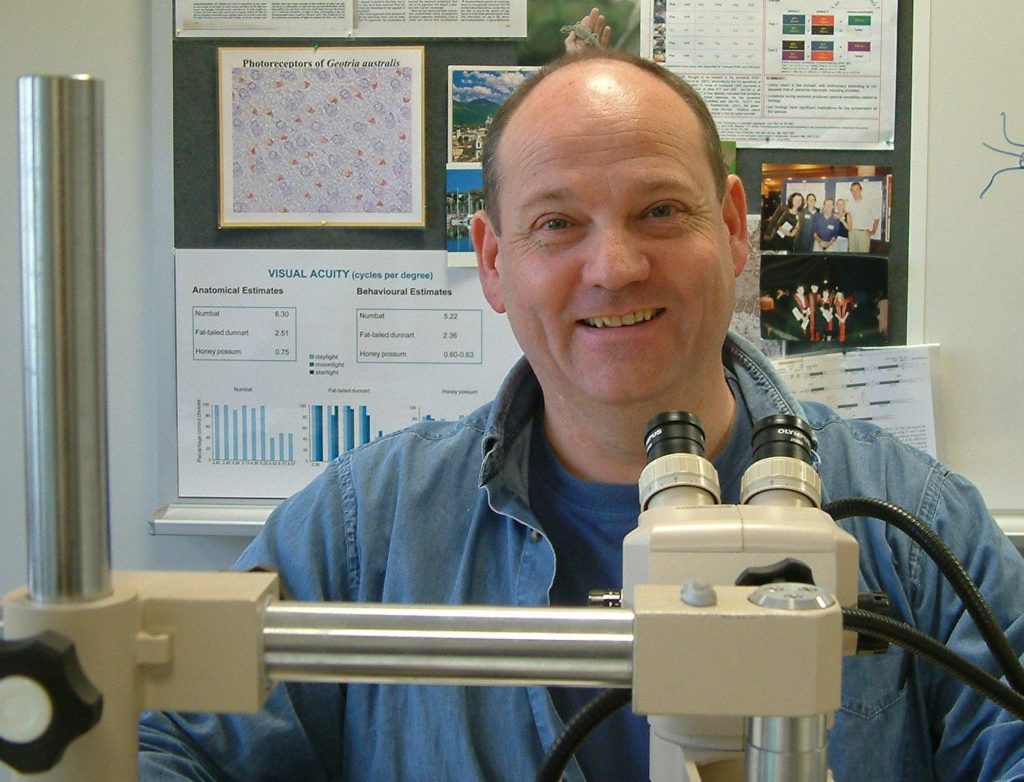
“Russell Foster´s clinical studies in humans address important questions regarding light. How does morning light influence sleep? Why is light at night bad for health? Ultimately the answers to such questions have impacted the medical world in diverse domains including sleep medicine, psychiatry, neurology, geriatrics, ophthalmology, immunology and even cancer medicine. In identifying the neural substrate for a non-visual light pathway to the brain, he has demonstrated the powerful and wide-reaching impact of light on human health”, the jury states.
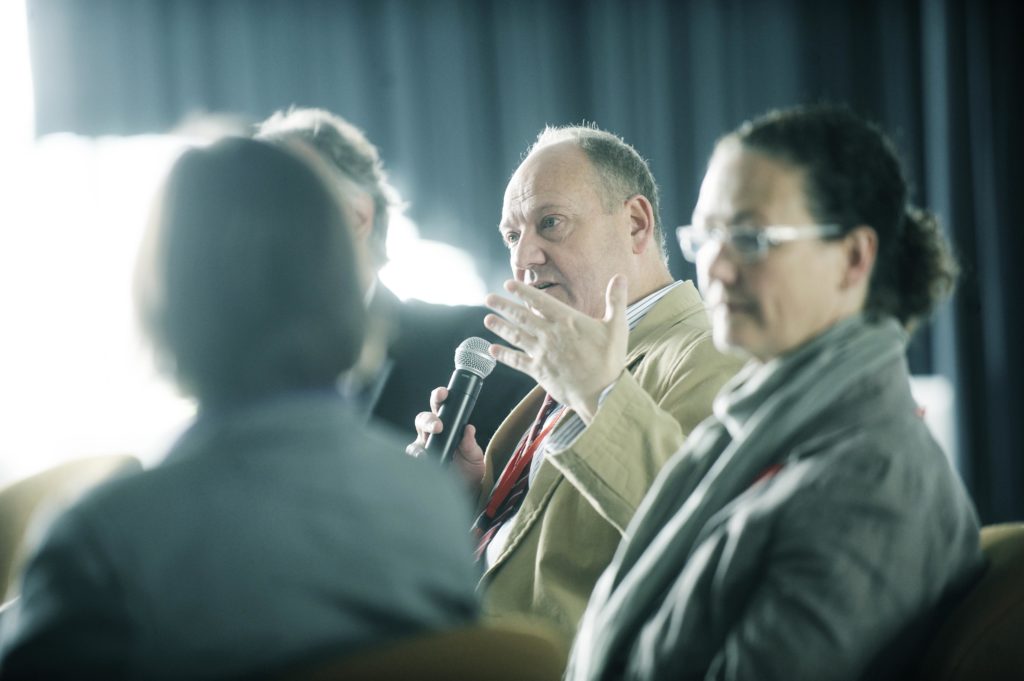
Russell Foster,
Russell Foster, ©Daylight Symposium
Russell Foster, © Nuffield Laboratory of Ophthalmology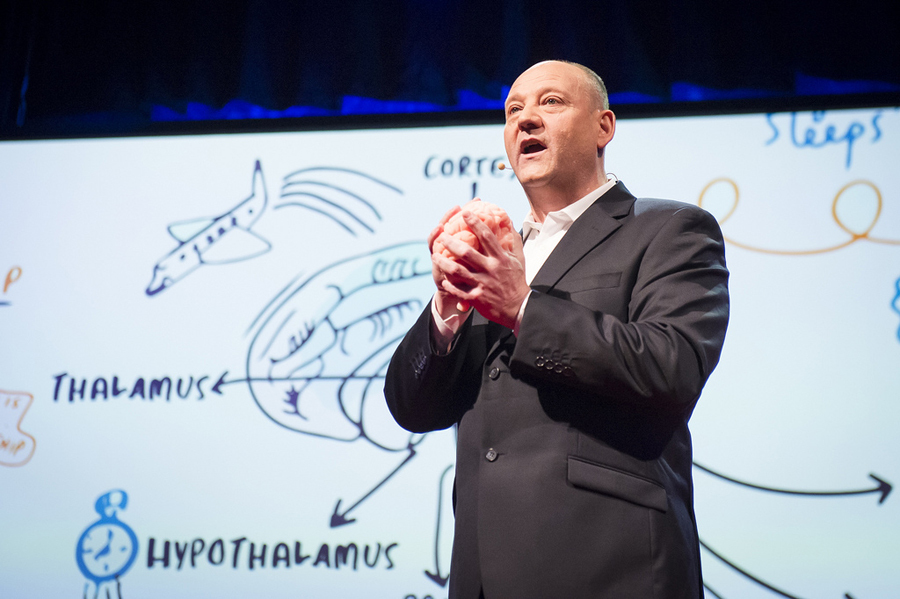
Russell Foster, © Nuffield Laboratory of Ophthalmology
The Daylight Award 2020 for Lifetime Achievement: Henry Plummer, architect, writer and photographer
Henry Plummer is an architectural academic who has devoted his career to researching daylight in architecture. An Emeritus Professor, he taught architectural history and design at the Center for Advanced Study, University of Illinois Urbana-Champaign. He gained his MArch degree from MIT, studied light-art with artist, photographer, educator and art theorist György Kepes, and was a photographic apprentice to Minor White.
“Through extensive critiques and photographic investigations, he provides a thoughtful and evocative assessment of countless buildings through history. His unique approach to revealing the transformative, metaphysical qualities of daylight is to combine his power of narrative analysis, with his outstanding skill as an architectural photographer. In this way, his extensive body of work has inspired generations of architects to reveal and celebrate the experiential aspects of daylight in architecture”, the jury explains.
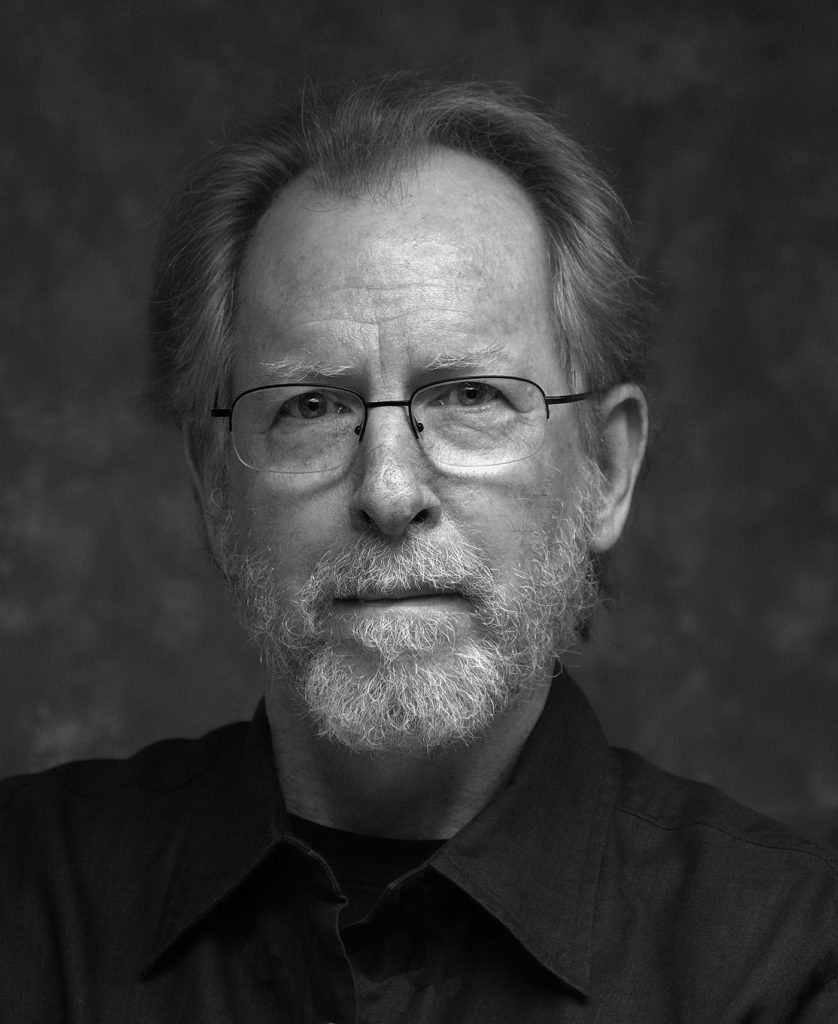
Plummer emphasises the role of his two media: “Words examine ideas and thoughts, observations and analysis concerning light, while images present the phenomena themselves. It is with this in mind that the photographs are intended not as textual illustrations, but rather to form their own mode of enquiry, one that seeks to carefully examine the metaphysical aspects of architecture whose significance lies, to a large extent, beyond the domain of words”.
He has published numerous remarkable books revealing the transformative power of daylight in architecture, with notable publications including early contributions to the Japanese journal ‘Architecture + Urbanism’, such as “The Poetics of Light” (1987), “Light in Japanese Architecture” (1995) and “Masters of Light” (2003). The latter is an extensive (420-page) catalogue of over 50 twentieth century architectural masterpieces and provides the first comprehensive and compiled analysis of daylight in projects by architects ranging from Aalto to Wright. This work was followed by books including “The Architecture of Natural Light” (2009), “Stillness and Light: The Silent Eloquence of Shaker Architecture” (2009), “Nordic Light: Modern Scandinavian Architecture” (2012) and “Cosmos of Light: The Sacred Architecture of Le Corbusier” (2013).
As is evident from this output, Plummer is unique in having studied and photographed architectural light in varying cultural, climatic and geographic contexts. This cross-cultural engagement ranges from the role of light in Japanese architecture – complimenting Tanizaki’s classic book ”In Praise of Shadows” – to its significance in Nordic and Shaker architecture. In addition, he has succeeded in emphasising and mediating multi-sensory experiences, as exemplified in his recent book ”The Experience of Architecture” (2016) – in his images and writings, especially the interplay of silence and light. Plummer’s studies capture the ephemeral, spiritual and metaphysical phenomenon of light for future generations.
Henry Plummer’s research is characterised by its humanistic, artistic, analytical and metaphysical focus. The depth and quality of his analysis is based on rigorous studies, embracing experiential and phenomenological as well as intuitive and artistic attitudes towards investigations of daylight. His photography is exceptional and his writing has brought a deeper level of understanding and appreciation of the quality of light to academia and the profession.
His words and photographs are an inspiration in the study and practice of architecture worldwide.
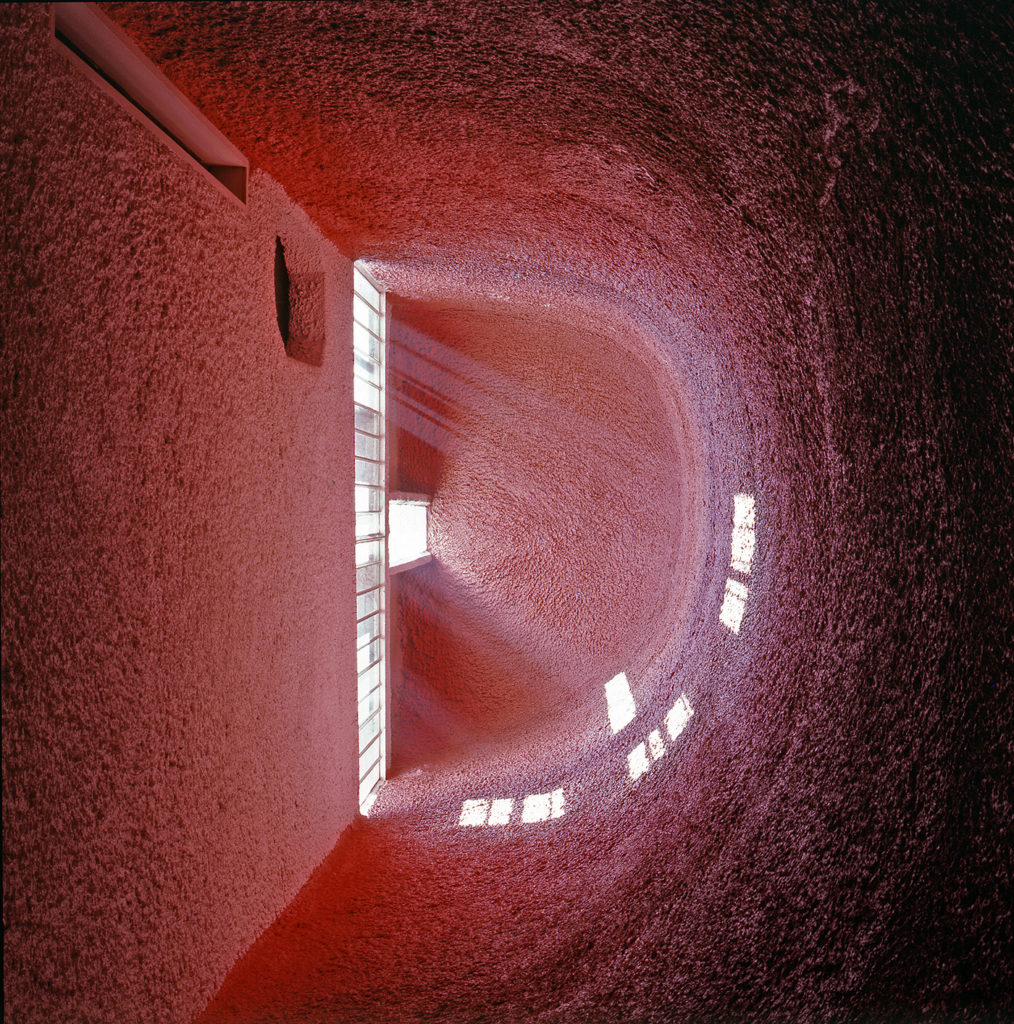
Henry Plummer photography: Chapel of Notre Dame du Haut, Ronchamp, France by Le Corbusier 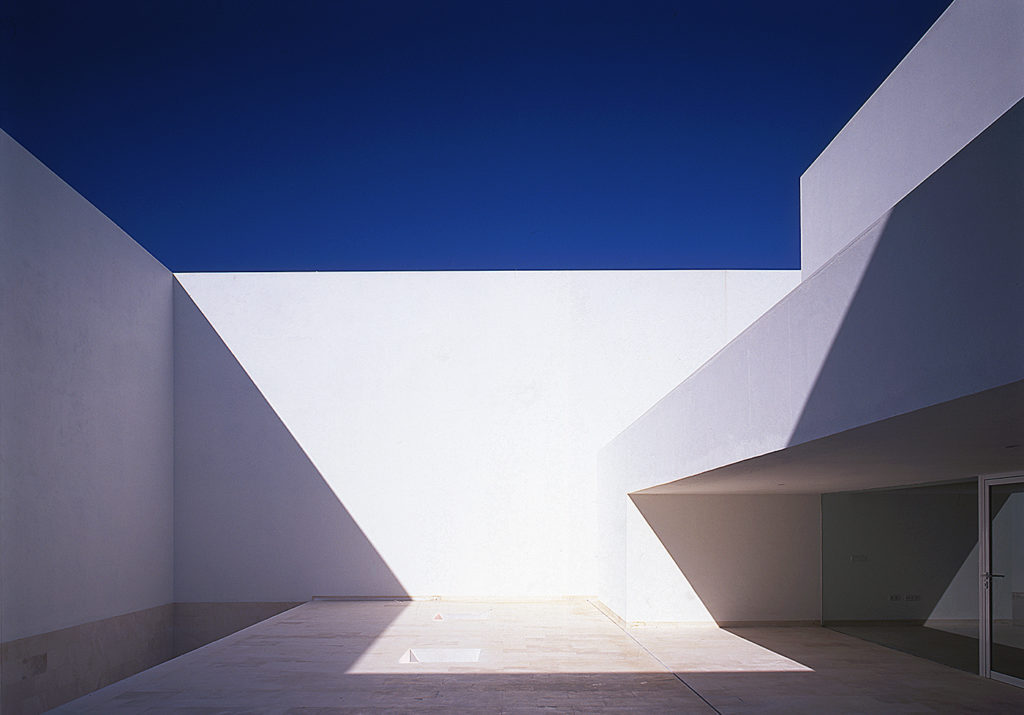
Henry Plummer photography: Guerrero House, Zahora, Spain by Alberto Campo Baeza 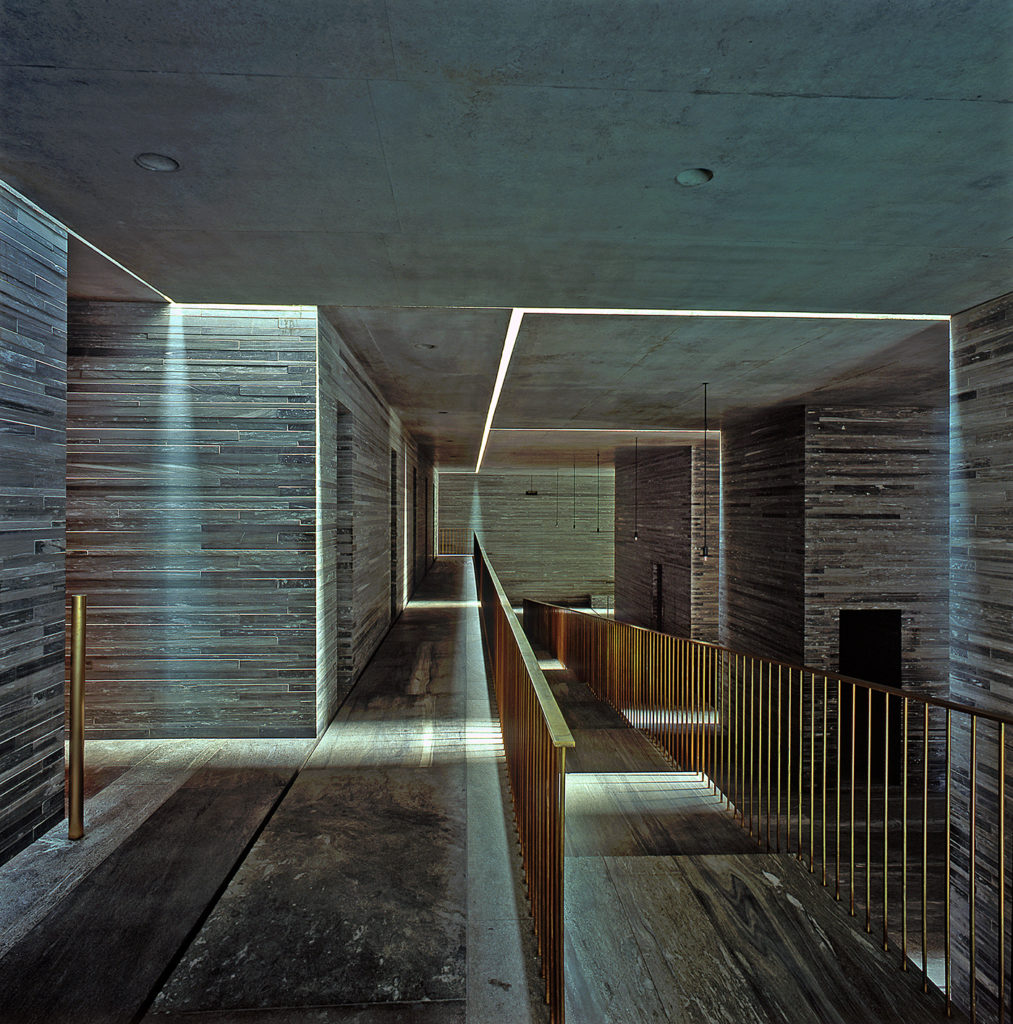
Henry Plummer photography: Thermal Baths, Vals, Switzerland by Peter Zumthor 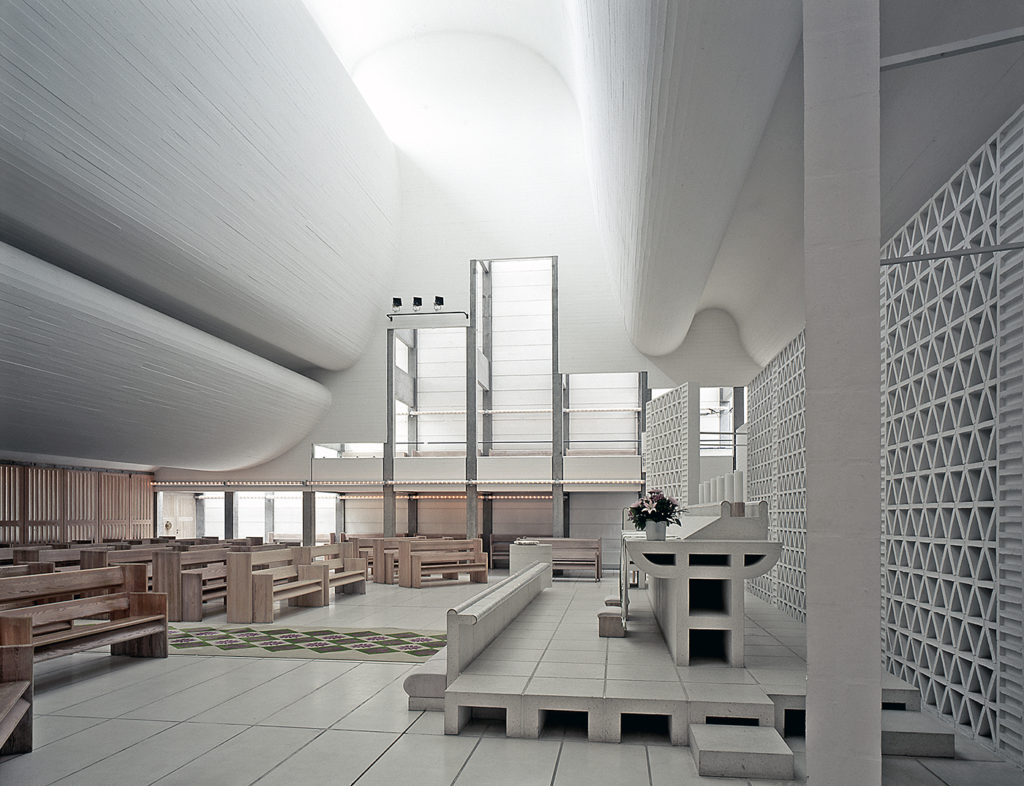
Henry Plummer photography: Bagsværd Church, Bagsværd, Denmark by Jorn Utzøn
About The Daylight Award
The Daylight Award honours and supports daylight research and daylight in architecture, for the benefit of human health, well-being and the environment. The award places specific emphasis on the interrelation between theory and practice.
The Daylight Award was established by the philanthropic foundations VILLUM FONDEN, VELUX FONDEN and VELUX STIFTUNG, and is conferred biennially in two categories; The Daylight Award for Research and The Daylight Award for Architecture. Exceptionally for 2020, three laureates are announced, with an award celebrating the 40th anniversary of the very first Daylight Award. The award is given as personal prizes, and each to the sum of €100,000.
For more details, please visit www.thedaylightaward.com
For further inquiries, please contact:
Jadrana Curkovic, The Daylight Award Communication
jadrana@thedaylightaward.com



